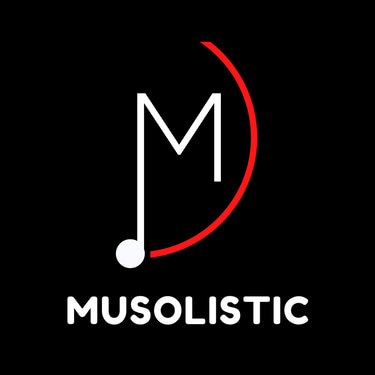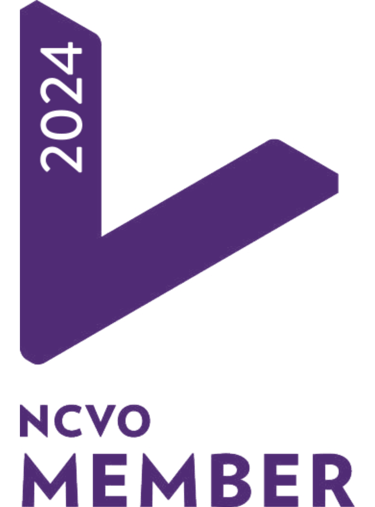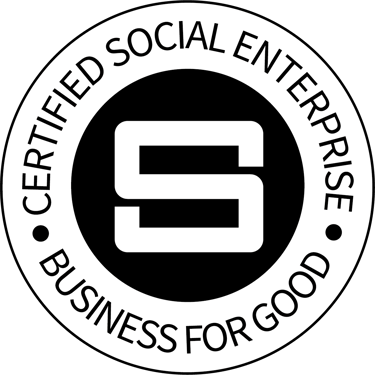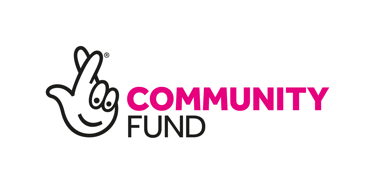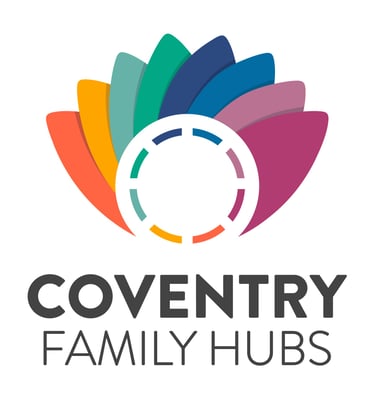Overcoming the Obstacles of the LGBT+ Community: A Road to Equality and Power
An insight into the challenges for the LGBT+ community and how to overcome them.
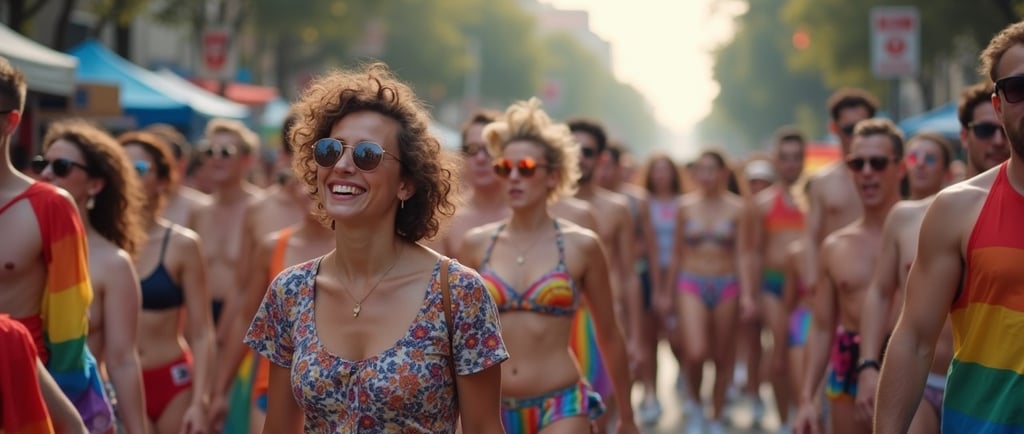

Overcoming the Obstacles of the LGBT+ Community: A Road to Equality and Power.
The journey toward equality for the LGBT+ community has been marked by resilience, courage, and determination. Despite progress, obstacles remain—ranging from systemic discrimination to social stigmas. However, by addressing these challenges head-on, the community continues to pave a road toward equality, empowerment, and visibility. Music and the arts are among the most powerful tools for fostering connection and healing, which play a pivotal role in overcoming these barriers.
Understanding the Obstacles
The challenges faced by the LGBT+ community are multifaceted and deeply rooted in cultural, legal, and societal systems. Key barriers include:
Discrimination and Violence
Despite legal protections in many parts of the world, members of the LGBT+ community often face workplace discrimination, housing inequities, and hate crimes. For many, just being themselves can be a source of danger.Mental Health Struggles
The stigma and marginalization experienced by LGBT+ individuals contribute to higher rates of mental health issues such as depression, anxiety, and suicidal ideation. Lack of affirming mental health care exacerbates this issue.Legal Inequality
While same-sex marriage and gender identity recognition have gained traction in many countries, legal inequalities persist. Transgender individuals in particular face hurdles in accessing gender-affirming healthcare and legal recognition.Social Exclusion
From family rejection to societal ostracism, many LGBT+ individuals experience profound loneliness and isolation, which can hinder their ability to thrive.
The Healing Power of Music and the Arts
Music and the arts have long been transformative tools for social change and personal empowerment. For the LGBT+ community, they provide a unique way to address challenges, foster connection, and cultivate resilience:
Building Safe and Expressive Spaces
Art and music create spaces where LGBT+ individuals can freely express themselves. Whether through songwriting, painting, or performing, these mediums allow for the exploration of identity and emotion in ways that words alone often cannot.Fostering Community and Belonging
Participating in or attending creative workshops, concerts, or exhibitions fosters a sense of community. Shared creative experiences connect people across boundaries, combatting isolation and building solidarity.Amplifying Voices and Stories
Art and music give a platform to LGBT+ voices, helping to tell stories that might otherwise go unheard. Queer musicians, playwrights, and visual artists challenge stereotypes, inspire pride, and educate audiences about the diverse experiences of the community.Promoting Mental Wellbeing
Creative expression is a powerful outlet for managing stress, processing trauma, and fostering joy. Activities like songwriting, drumming, or painting provide therapeutic benefits, reducing anxiety and building self-esteem.Catalyzing Activism
Music and art have been at the forefront of social movements throughout history. From protest songs to bold visual statements, creative expressions inspire action and bring attention to causes like LGBT+ equality.
Steps Toward Equality
Achieving equality requires a collective effort from individuals, organizations, and governments. The following strategies, bolstered by music and the arts, are crucial:
Advocating for Inclusive Policies
Enacting and enforcing laws that protect against discrimination and promote equal rights is a cornerstone of progress. Advocacy groups play a critical role in driving legislative change and holding governments accountable.Creating Safe Spaces Through the Arts
Workshops and programs focused on art and music provide affirming spaces where individuals can heal, grow, and connect.Education and Awareness
Challenging stereotypes through creative storytelling—be it documentaries, theater, or music videos—reshapes societal attitudes.Supporting Mental Health Through Creative Outlets
Art and music therapy programs tailored to LGBT+ individuals can offer healing and coping mechanisms for those facing discrimination and stigma.Empowering Through Representation in the Arts
Visibility matters. Supporting LGBT+ creatives in music, film, literature, and other art forms elevates voices that challenge harmful narratives and inspire acceptance.
A Future of Equality, Empowerment, and Creativity
The road to equality is long, but every step forward brings the LGBT+ community closer to a world where diversity is celebrated, not marginalized. By overcoming obstacles with resilience, unity, and creativity, the community transforms struggles into a powerful catalyst for change.
Music and the arts are more than just outlets—they are bridges to understanding, tools for healing, and instruments for activism. They provide a voice for the voiceless, a space for connection, and a medium for change. In the hands of LGBT+ individuals and allies, these creative forces amplify the call for a more inclusive, compassionate, and just society.
Together, let’s harness the power of creativity to build a future where every individual, regardless of identity, thrives in authenticity and pride.
